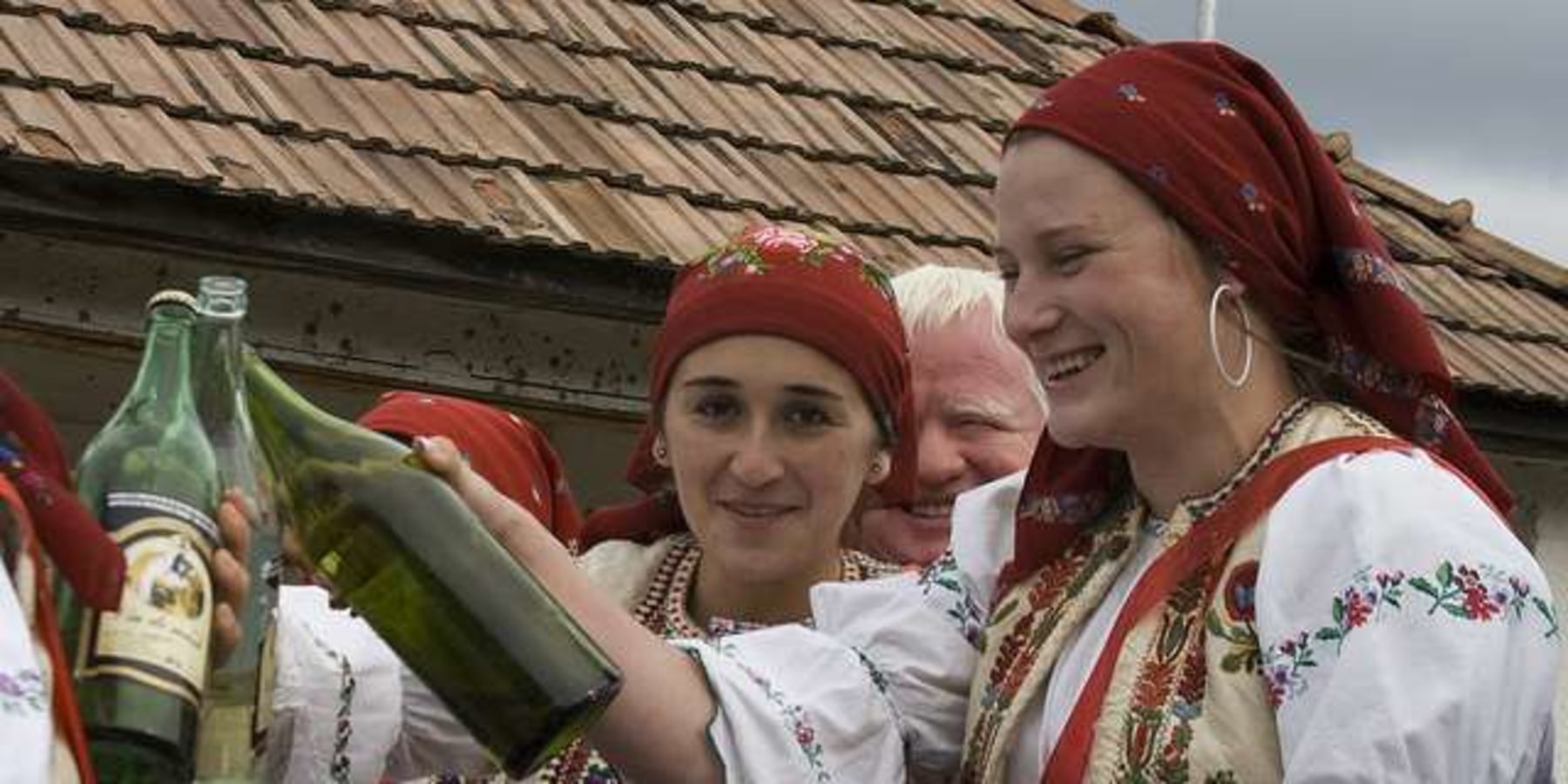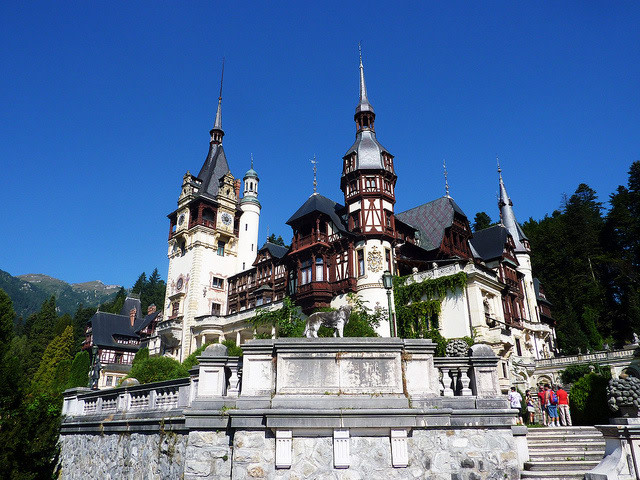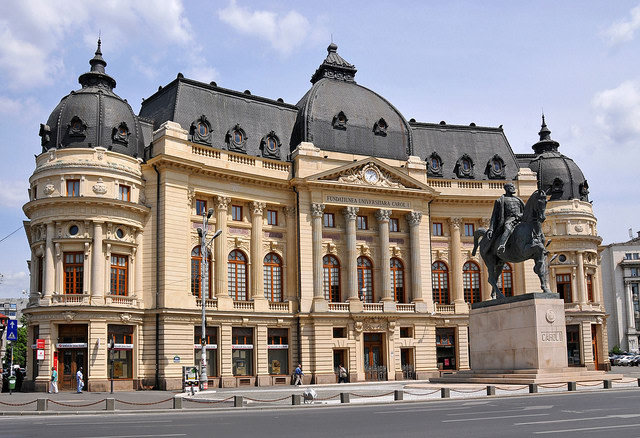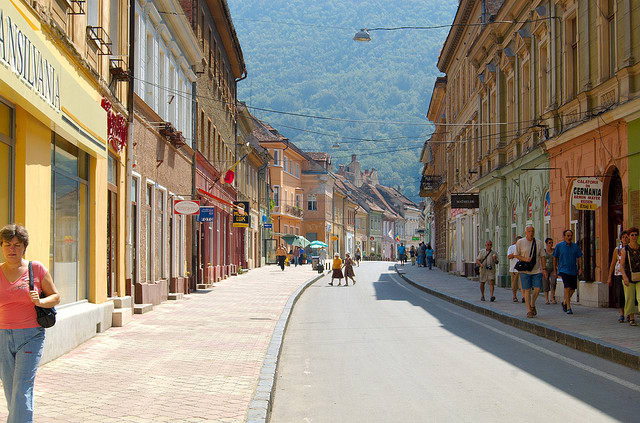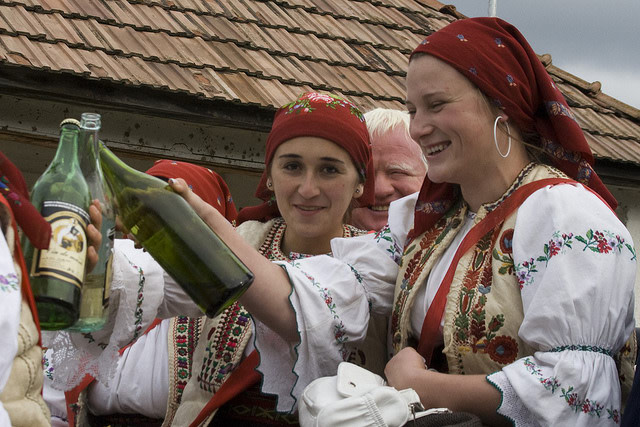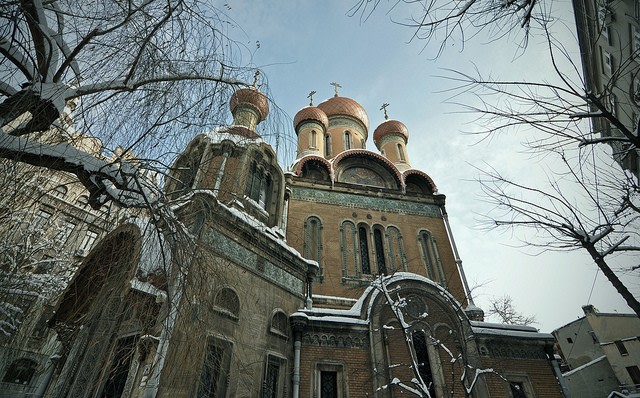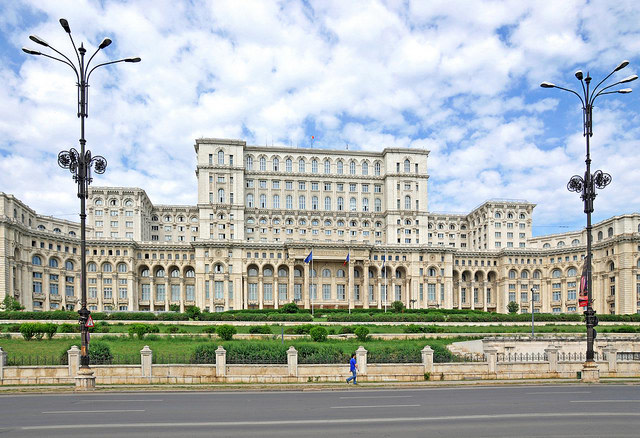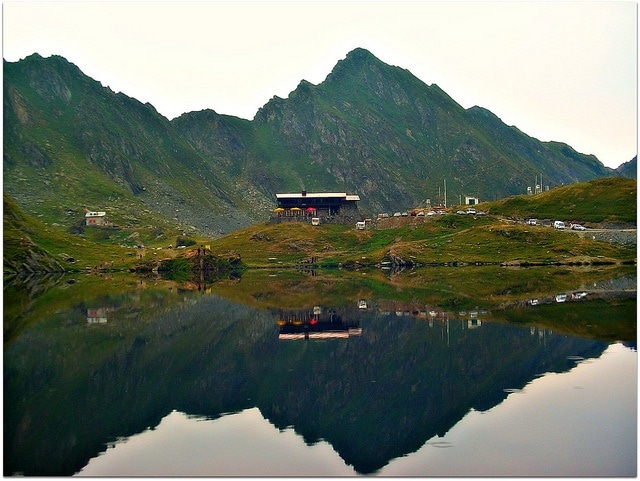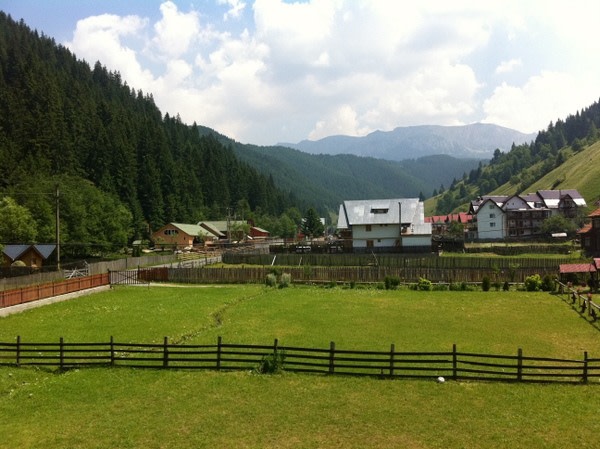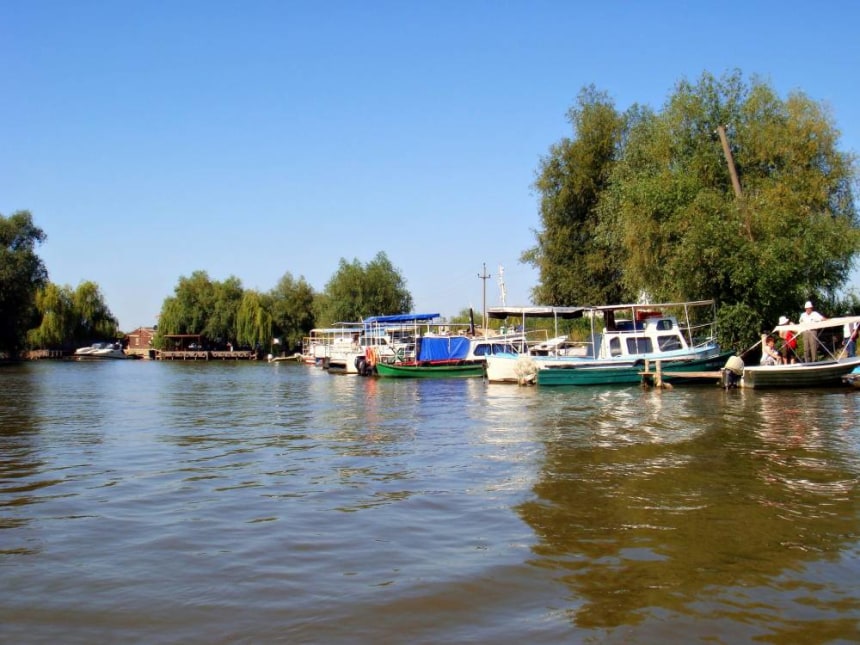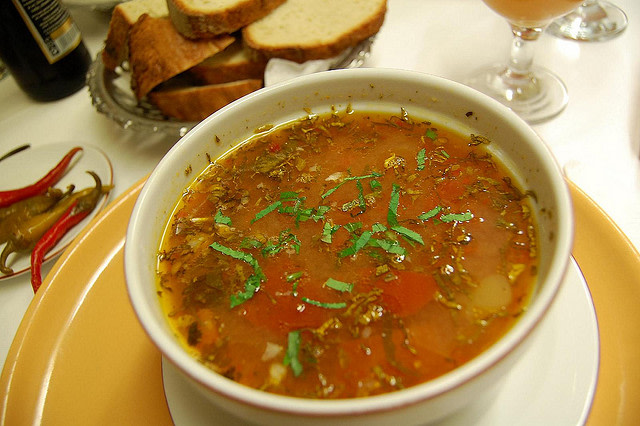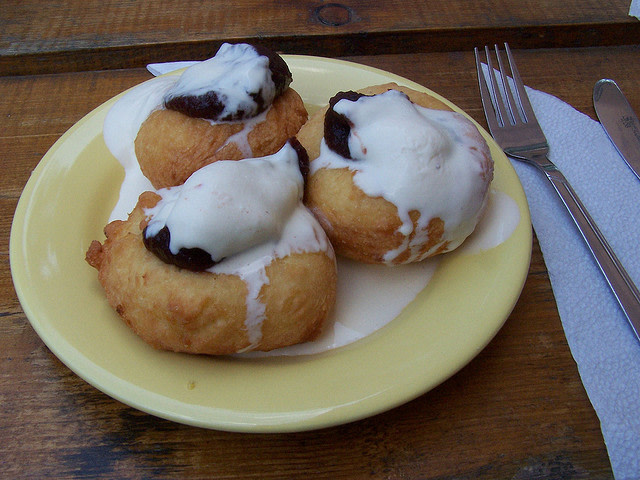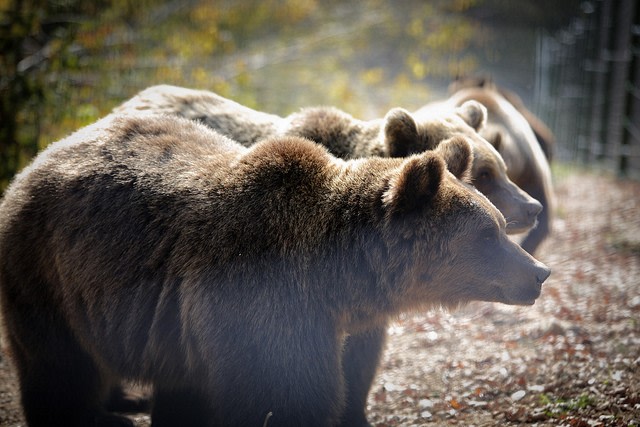| 7 mins read
Jennifer Mullen
An Introduction …
Romania is still considered to be a place slightly off the beaten track for tourists in Europe, and indeed the stereotype is that the country is shrouded in a dark hangover from the tyrannous Ceausescu days. However any Romania tour guide will proudly tell you that the country has no less than seven UNESCO World Heritage sites and some of the most dramatic mountain scenery in Europe, studded with castles, which look straight out of the pages of a children’s fairy tale book.
Despite having significant natural gold resources and a currency boldly named “The Lion” (Leu), modern Romania’s economy is admittedly in transition, yet in keeping with the big cat metaphors, the Romanian press has called itself the “tiger of the East”, due to its enormous growth potential. The advantage for tourists, of course, is that Romania is still one of the most cost effective destinations in Europe and you can travel for a fraction of what you would in the West.
Most tourists to Romania are pleasantly surprised at how the clean the place is. Romanians have a rather clever scheme of paying the homeless community to clean up, reimbursing them with credit to stay overnight in hostels. The disparity between the rich and the poor is, however, truly astounding. Travellers will see plenty of high-end cars on the streets of Bucharest, and yet many people may still live in tiny apartments, with state controlled central heating (which is switched on for the whole block by a centralised central heating facility!).
Romanians are famous for their hospitality and will ensure no visitor leaves their house anything less than completely full to the brim with good food and wine. One phrase you may hear is “Mai serviţi!”, which means: “Have some more!”. Almost anyone under the age of thirty will speak very good English, curiously with a strong American accent, as they will largely have learned their English through watching international television programs.
Tourists will also notice that Romanians do not tolerate standing in queues and will push straight to the front of a line. This also goes for cars lining up at traffic lights; therefore do watch out for cars lining up on the wrong side of the road and the smell of burning rubber as the lights go green.
Things to see, eat and be merry about!
If you visit Romania, it is likely that you will arrive in the nation’s capital, Bucharest. The architecture is to a large extent large faceless communist style concrete blocks, punctured with bullet holes from the revolution in 1989. There are, however, some extremely remarkable buildings, which are definitely worth a visit, such as the National Theatre and the Romanian Anthenaeum. Bucharest is also a city which has some exceptional churches, such as the Patriarchal Cathedral, the Stavrospoleos Church and the St Nicholas Church, with its red façade and Russian styled domes. If you want the feeling of being transported back in time, try the Village Museum, and also the Lipscani area (which is also a good place to stop and have a drink and something to eat).
Former Communist leader Ceuasescu’s most famous building is the Palace of Parliament, known as the People’s Palace. This palace is the second largest building in the world (after the Pentagon) and as a gesture of defiance against France, Ceausescu decreed that the street leading up to the palace was built precisely one metre wider than the Champs Elysee in Paris. The palace cost so much to build, it clearly contributed to the poverty and misery of the lives of Romania’s citizens at the time, and it was hardly surprising that the country staged a successful uprising in 1989.
Any Romanian tour guide will tell you that the mountains and lakes of Romania are a complete contrast to Bucharest, therefore plan your trip around getting out into the countryside. Romania has vast areas densely forested mountains, worthy of a Brothers Grimm novel. If traveling by road, strap yourself in and take to the Transfagarasan, which BBC television program “Top Gear” claimed was “the best road in the world”, due to its 90km of twists and turns, taking in Romania’s two highest peaks, not to mention the Balea Lake and Balea Waterfall.
Transylvania comes from the Latin “the land beyond the forest” and this stunning region should also be high up in the agenda of visitors interested in vampire folklore. Bram Stoker’s famous character was based on a fifteenth century ruler of Walachia, Vlad Dracula, who was nicknamed Vlad Tepes (Vlad the Impaler). Avid vampire hunters should visit the medieval town of Sighisoara or the Poenari Fortress, which is understood to be the authentic Dracula castle. Brasov and Sibiu are also very well preserved medieval towns, well worth taking time to see.
If getting away from the crowds is your idea of a successful trip, visit the Danube Delta, which is the second largest river delta in Europe. Instantly you will have the feeling of being in the middle of your own nature documentary due to such an abundance of birds and amazing plants. These all enjoy the security and serenity of being located in a series of river inlets, which can only be reached by hydrofoil.
In the north of Romania, the Maramures region has some exquisite villages, with intricately carved wooden churches. To a large extent, centuries of tradition here are still part of daily life. Many places here are now UNESCO protected.
Food plays an enormous part if the lives of Romanians, and their cuisine is inspired by their location at the cross roads of East and West, therefore having strong Germanic, Hungarian, Slavic and Turkish influences. Romanians love a hearty goulash stew and another popular national dish is soup or “ciorba”, which can be with meatballs or vegetables. "Sarmale" or pickled cabbage leaves stuffed with a mix of minced meats, rice and spices are delicious, as are the sausages “mici”, meaning “little ones”.
Romanians also huge lovers of cake and they have hundreds of amazing little bakeries on even the smallest of streets, which produce fabulously fresh cakes every day. One of the best desserts they do is Papanasi, which are similar to a doughnut, but made with a type of soft cream cheese and plum jam, or other fruit preserves. If the locals are still crying out “Mai serviţi!” then why not indulge in Transylvanian cheese which is preserved by wrapping it in the bark of fir trees?
And just to complete the famous line from the “Wizard of Oz” “lions, tigers and bears. Oh my!”, Romania also has one of the largest populations of brown bears in Europe, which can be seen in the Carpathian Mountains in Transylvania. Obviously seek advice from a local Transylvanian tour guide before attempting to greet these furry, yet powerful creatures face to face!
(Jen Mullen is a seasoned traveler, having lived and worked in the UK, Germany, Switzerland, Australia and most recently Southern India. In her opinion, the best parts about traveling are meeting the locals, sampling the new food, and making an effort to learn new languages)
Image Details and Licenses:https://flic.kr/p/8wpBUz(John Connell,CC BY-NC-SA 2.0),https://flic.kr/p/cxruph(Dennis Jarvis,CC BY-SA 2.0),https://flic.kr/p/33bERR (jostel,CC BY-NC-SA 2.0),https://flic.kr/p/8ShabA (Uzi Yachin,CC BY-ND 2.0),https://flic.kr/p/9d4t1D(fusion-of-horizons,CC BY 2.0),https://flic.kr/p/cvRsLN(Dennis Jarvis,CC BY-SA 2.0),https://flic.kr/p/4HpasJ (lucianf,CC BY 2.0),https://flic.kr/p/9Yzpv5 (zsoolt,CC BY-NC 2.0),https://flic.kr/p/bJER1Z (CameliaTWU,CC BY-NC-ND 2.0),https://flic.kr/p/rPWPsF (CameliaTWU, CC BY-NC-ND 2.0),https://flic.kr/p/4VU85Y(meaduva,CC BY-ND 2.0),https://flic.kr/p/5fhdjd(Ana ADI,CC BY-NC-SA 2.0),https://flic.kr/p/dqUvjY(WSPA International,CC BY-NC-ND 2.0)

